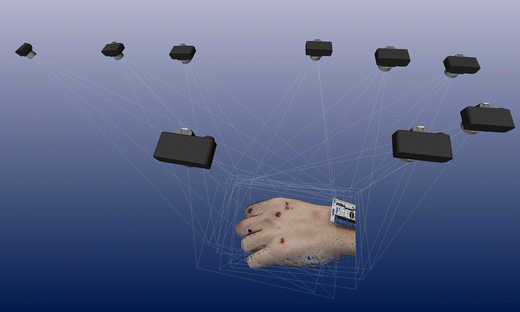Forensics
There is a strong match between SOLID's objectives / methods and the future vision for the forensic medicine A multimodality approach is essential for an in-depth understanding of the various biological structures and tissues in the human body, especially bones and teeth. As forensic experts from different disciplines, we cross scales and can combine observations from molecular / microscopic scale (DNA, toxicology, histology) to the whole body with 3D imaging techniques (CT, MRI, surface scanning, 3D printing). Using these techniques, it can be shown in a contemporary material how bones in particular, their modelling and thus biomechanical properties can change with age, sex, lifestyle factors, diseases, trauma and lesions. The 3D models obtained from the various 3D imaging techniques can be used both for the development of 3D models for biomechanical analysis and 3D printing for a better visual representation of lesions. The department of Forensic Medicine has also access to a large skeletal collection of approx. 30,000 individuals from the Mesolithic to the 17th century.

The upper image represents the data collection for a 3D model (point cloud) of a stab force injury to the right wrist. It is published in the supplementary material in the article of Chiara Villa Forensic 3D documentation of skin injuries, 2017.